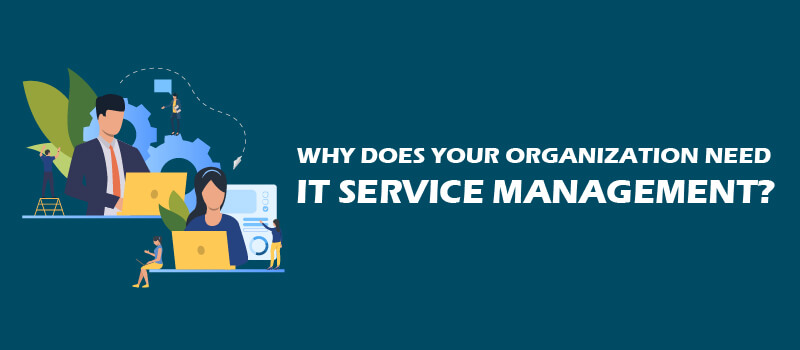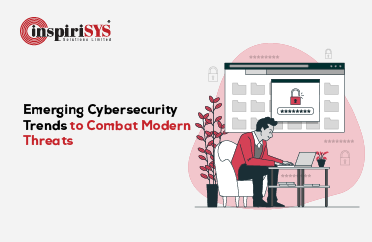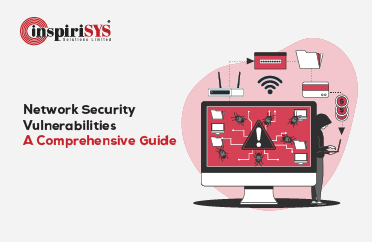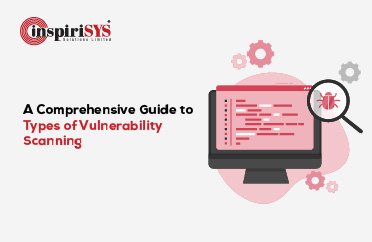There is a greater need for business-IT alignment with ever-increasing business complexity and global competitiveness. IT Service Management is increasingly becoming a top CIO priority as it is the key interface that drives significant interactions between business and IT. To address a dynamic and consumer-driven universe, organization across the world are evolving their IT Service Management strategies. Along with that, they are increasing their focus on service innovation to achieve IT operational excellence.
This blog outlines:
4 Key Factors that Drive Innovation in IT Service Management
Technology-Driven Business Stakeholders
 There is a sharp increase in the presence of technology-driven people in IT organizations. They are independent-minded and well-informed. While they use a range of smart devices in their personal life, they want to use the same in their workplace. They require the issues in the IT systems should be resolved in a snap of a second. Some are willing to put effort to resolve the issues by themselves. Organizations are on the path to find a way to drive top-notch service experience with modern IT infrastructure to these tech-savvies. Furthermore, they need to leverage modern technologies across multiple channels.
There is a sharp increase in the presence of technology-driven people in IT organizations. They are independent-minded and well-informed. While they use a range of smart devices in their personal life, they want to use the same in their workplace. They require the issues in the IT systems should be resolved in a snap of a second. Some are willing to put effort to resolve the issues by themselves. Organizations are on the path to find a way to drive top-notch service experience with modern IT infrastructure to these tech-savvies. Furthermore, they need to leverage modern technologies across multiple channels.
User-Driven Interactions
Legacy Service Management systems are no longer in use to serve evolving business needs. They are limited in terms of scalability and performance. Today’s business users need next-gen service management tools that are easy to configure, deploy and upgrade. These tools are proven to ultimately improve the customer experience. While they are preconfigured with social and mobile interfaces, they ensure flexible workflows through interactive interfaces. They empower organizations with user-driven interaction to innovate at a rapid pace.
The Complexity of Technology Ecosystem
The scope of support services is expanding due to the proliferation of applications and systems. Their interconnectedness has exceptionally become complex in the mission to support uninterrupted business-critical operations. Aside from all that, the lack of governance in organizations increases the need and cost of support services. This in-turn put tremendous stress on IT organizations to support a constantly expanding scope of support services. Deep expertise in IT Service Management is becoming a critical success factor for today’s organizations.
Smooth Experience
Even though the economy is reviving, many organizations are still in the recovery phase. Decreasing operational costs is their high-priority to survive the impact of the pandemic. But the need for a smooth customer experience has increased more than ever. To deliver a high-quality experience while reducing operational costs, organizations need to innovate their service management. They need to adopt new-age service delivery models to keep the pace.
A Step-by-Step Approach to IT Service Management Transformation
A planned approach can significantly improve the outcomes of IT Service Management transformation. Before initiating the transformation procedures, a baseline assessment of the current-state organization should be conducted. It is to determine the organization’s readiness for change. It also helps to understand the current maturity of the process to implement automation.

Well-Defined Strategy and Well-Established Goals
Prior to the transformation, the case for change, organizational needs and scope of efforts to be clearly defined. The organization should craft a well-established plan with program purpose, success factors, guiding principles and the desired future state delivery of Information Technology. Execution phases must be road mapped in advance. IT must closely work with business leaders to narrow down customer-centric goals.
Stakeholders Commitment
The enterprise should be communicated with the benefits, expected outcomes, required changes, and program timelines. More than tacit executive support, proper engagement of stakeholders is required. CIOs should take active participation in the process. They may find it challenging to engage with business leaders and make them understand how the transformation can help them to make the processes even better. With examples that underscore cost models, quality improvement benefits and opportunity to increase the efficiency, they can infer the effectiveness of the transformation.
Clear Service Taxonomy
Service management should be in line with business offerings. The service taxonomy should make a clear difference between technology components, technical capabilities, solutions, and the services these solutions are employed to provide. It serves as the cornerstone for service catalogue, cost modelling activities, asset and configuration management, service portals, and performance reporting.
Alignment in Governance
CIOs need to align priorities, assess results, and communicate progress effectively with a finite number of resources and limited funding. It requires investment in key areas of governance such as services, processes, technology, customers, and ITSM service providers. Clear alignment and assignment of resources are imperative for IT Service Management transformation.
4 Benefits of IT Service Management

To compete with the rapid technology development, organizations should transform their IT Service Management. The benefits are immense to support the agility and responsiveness required in today’s markets.
Reduced Operational Costs
Organizations can substantially reduce the operational cost by establishing common platforms for workflow automation and utilizing the insights gained from streamlined service delivery. It empowers them to stay competitive and relevant while leveraging digital innovation, cloud integration, and service management enablement.
Streamlined Processes
Service Management transformation requires scrutinizing the entire IT operations across the organization by consolidating process activities, system integrations, and governance. It ensures the standardization of processes to consistently execute and proactively measure the performance. By establishing capabilities that increase transparency and safeguard the value proposition of services, it addresses problem management, incident management, and other core supports. With these capabilities, the organization can access data in real-time to make smart decisions.
Improve Customer Experience
Processes are streamlined by keeping the end-user in mind. So it shifts from transactional delivery to customer-centric experience. It maintains business relevance by proactively managing the improvement continuously. In many cases of the ITSM transformation, a number of services can be automated to empower the customers. They experience more control and get immediate service. From improved services, increased transparency in terms of cost and usage, and improved visibility over technology, the business wins. It ensures customer experience by enabling IT and business leaders to communicate in a common language.
Decision Making
Today’s IT organizations benefit from the changing tides of technology investments in businesses. Easily configuration solutions like Software-as-a-service greatly improve the cost models. The out-of-the-box capabilities of these solutions provide end-to-end visibility into processes and IT infrastructure in one place. It gives business users the necessary data to drive informed decision making by enabling automation in service management and increasing efficiency while lowering cost. It leads to optimize IT. Service management provides necessary tools to manage the value chain of the business.
Connect with us to know more about IT Service Management











